The Unión Temporal de Empresas (UTE) created by Ferrovial and Viconsa started construction on the bridge that will connect the neighborhood of San Ignacio with Zorrotzaurre last May, the second one under construction to connect the island in Bilbao’s estuary.
Construction, sponsored by Visesa, the public society of the Basque Government’s Department of Environment, Territorial Planning, and Housing, will be executed over a span of 17 months with a budget of €8,337,000.
Following the Frank Gehry bridge, which opened in September 2015 and links the southern part of Zorrotzaurre with the neighborhood of Deusto, construction is now starting on the second bridge, which will connect the northern part of the island with the neighborhood of San Ignacio.
In the month of December in 2018, the Zorrotzaurre peninsula was converted into an island following construction for the opening of the Deusto canal.
The San Ignacio bridge, which will be an extension of the current street Islas Baleares, will be 75 meters long and 28 meters wide, with no supports in the riverbed. The structure of steel mixed with white coal and concrete will have two pedestrian walkways, a bicycle path, two lanes reserved for public transit, and two more for motor vehicles crossing the bridge.
Though the canal in the area around the bridge is currently 111 meters wide, construction to fill in the left bank will decrease it to 75 meters. This will be the space between the faces of the new bridge’s buttresses. The buttress on the right bank will be aligned with the line of the current dock, and the left bank will run 75 meters parallel to it.
For construction on the left bank inside the Deusto canal, a walled-off pond with sheet-piling retaining walls 24 meters long was built, stabilizing the mud at the bottom of the canal with gravel columns on the outside of the walls and controlled unit columns on the inside and in the accesses to the enclosure.
The structure was conceived as an integral bridge without expansion joints, with the goal of improving its functionality and minimizing maintenance and conservation work.
On the bridge’s deck, there will be two symmetrical arches three meters above the surface of the deck and channeling that will connect the urban service networks to both sides of the banks. The railing will be made of glass, and it will have an undulating handrail.
The lighting will have an aesthetic look. Two columns 12 meters high will be installed with three LED projects that will bathe the structure in light, as well as several points on the pavement that will project light onto the arches.
The construction team at Ferrovial Construction, led by Alberto Val, includes Enrique de las Cuevas, Head of Construction; Arturo Ogara, Head of Production; Jesús Varela, Administration; Eduardo Fonseca, Safety Engineer; and Javier Azcona, Manager.
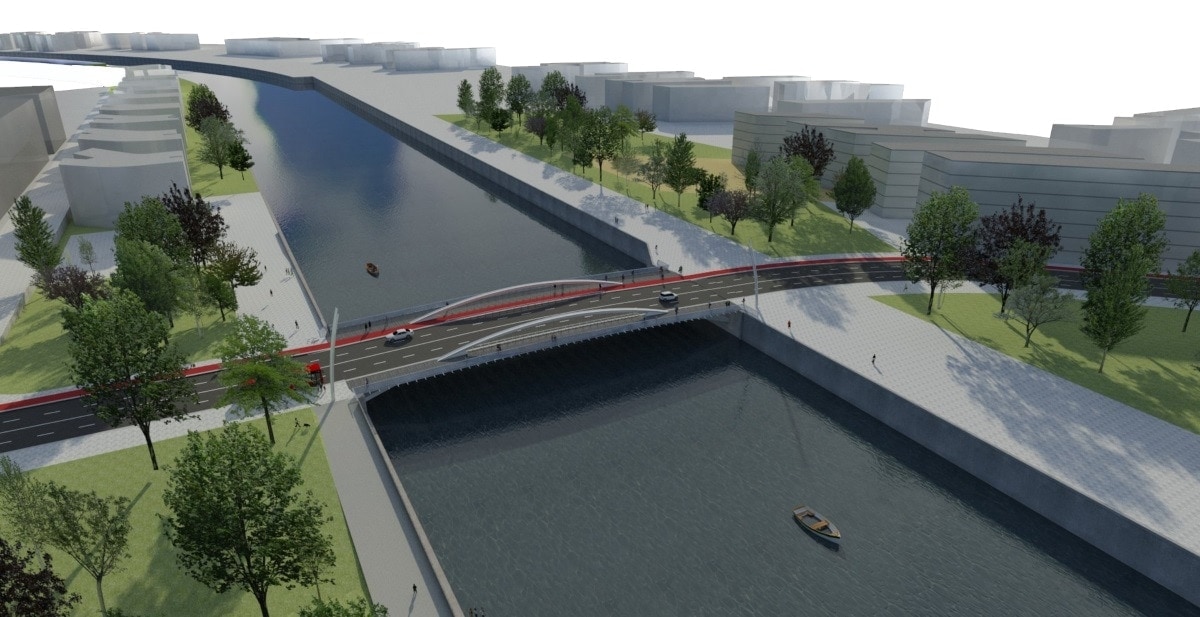
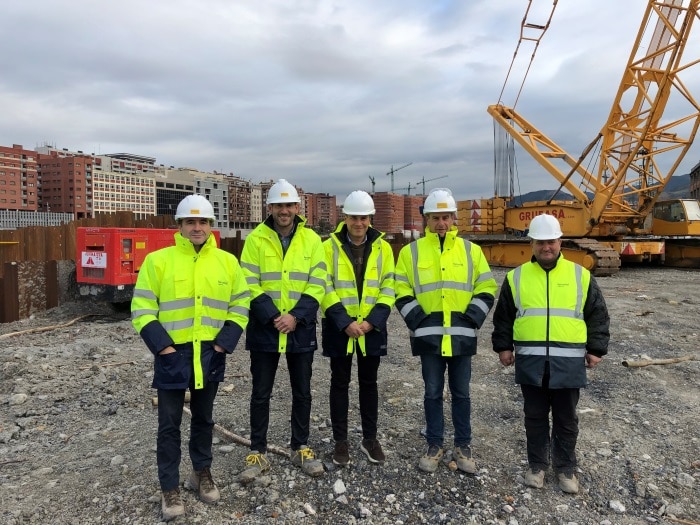
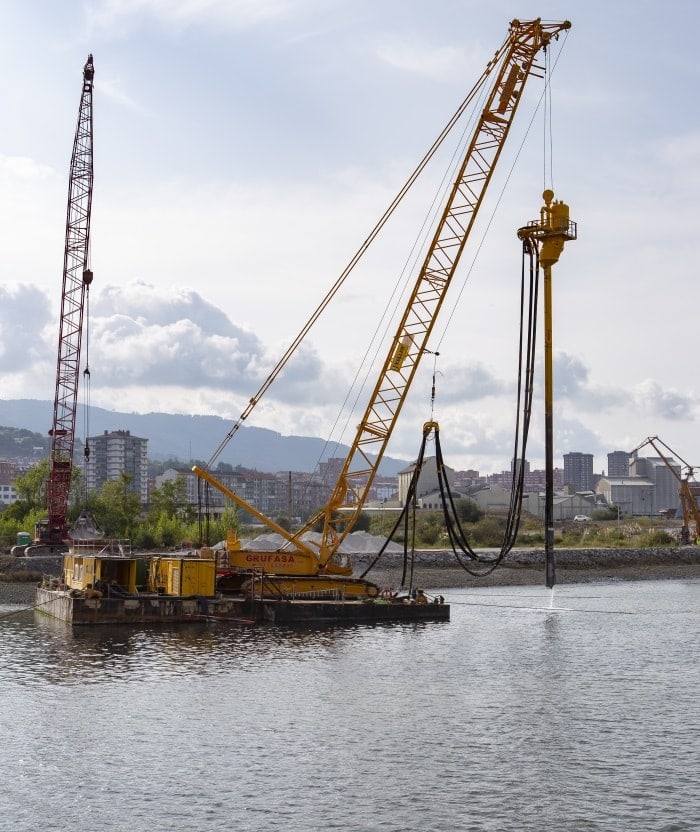
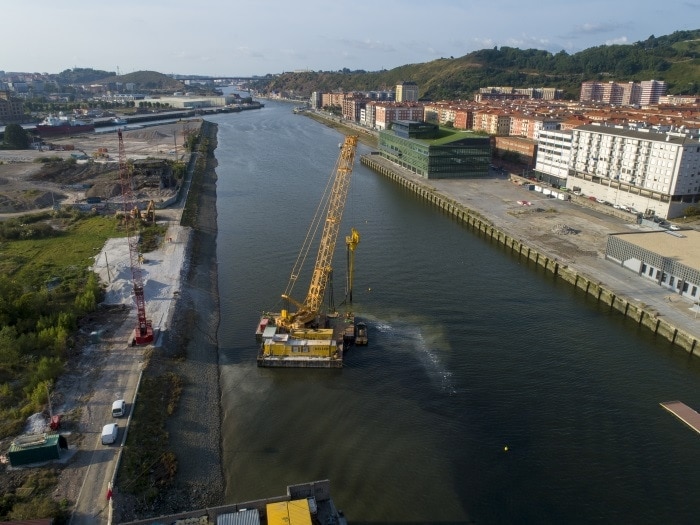

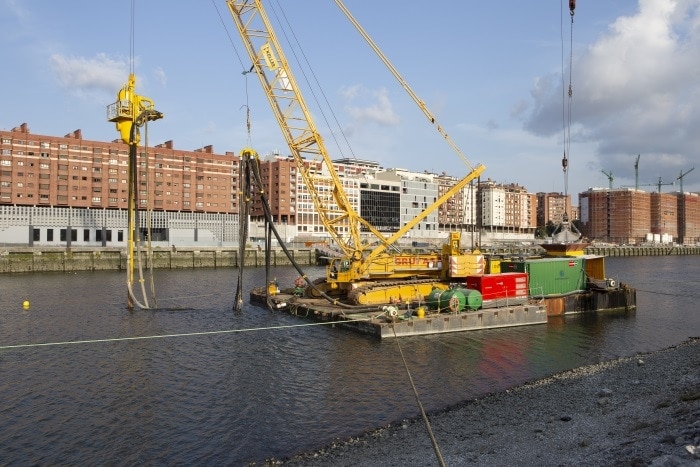
Ferrovial Builds the San Ignacio Bridge in Bilbao







